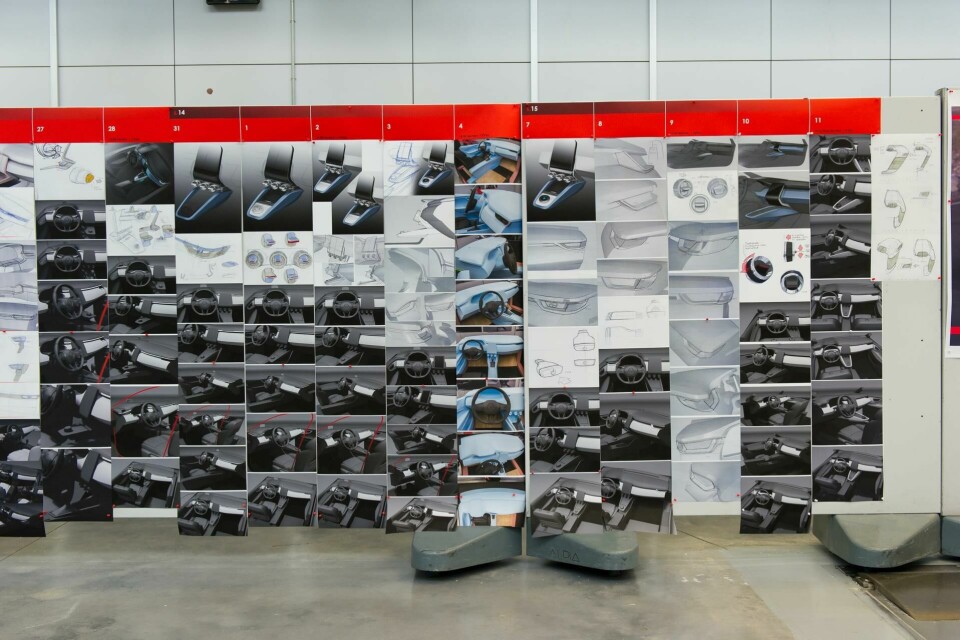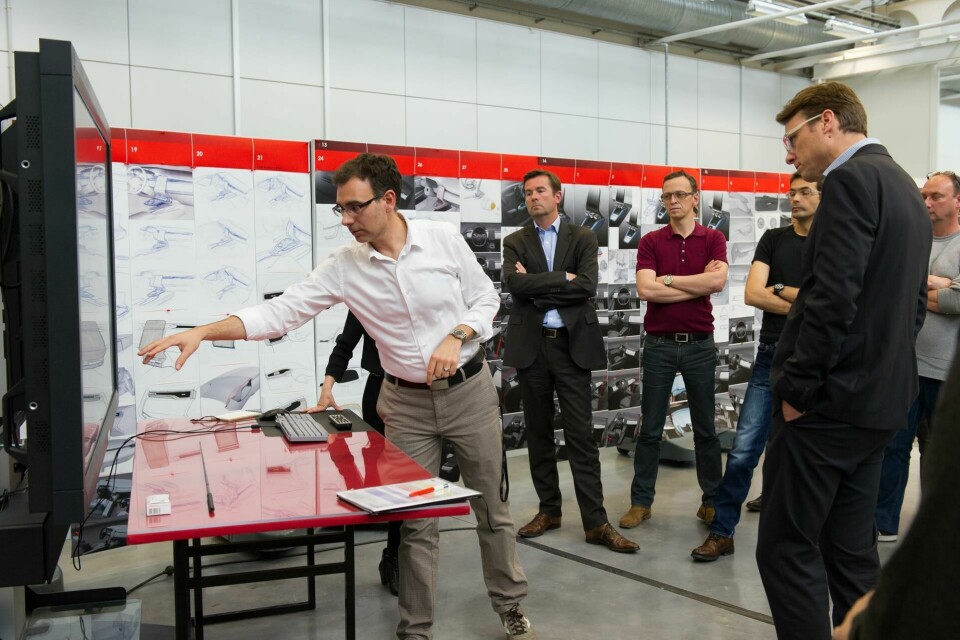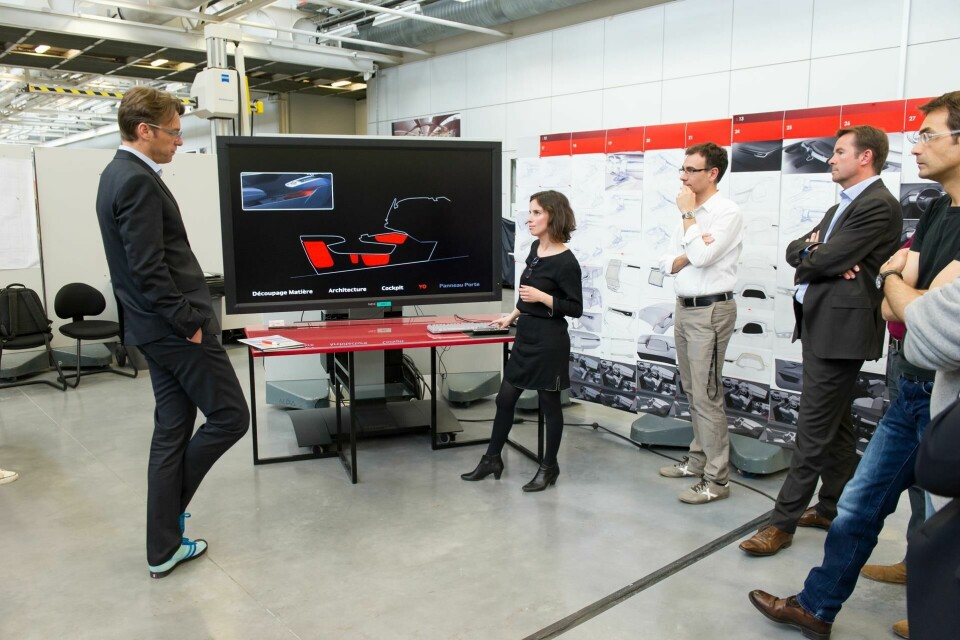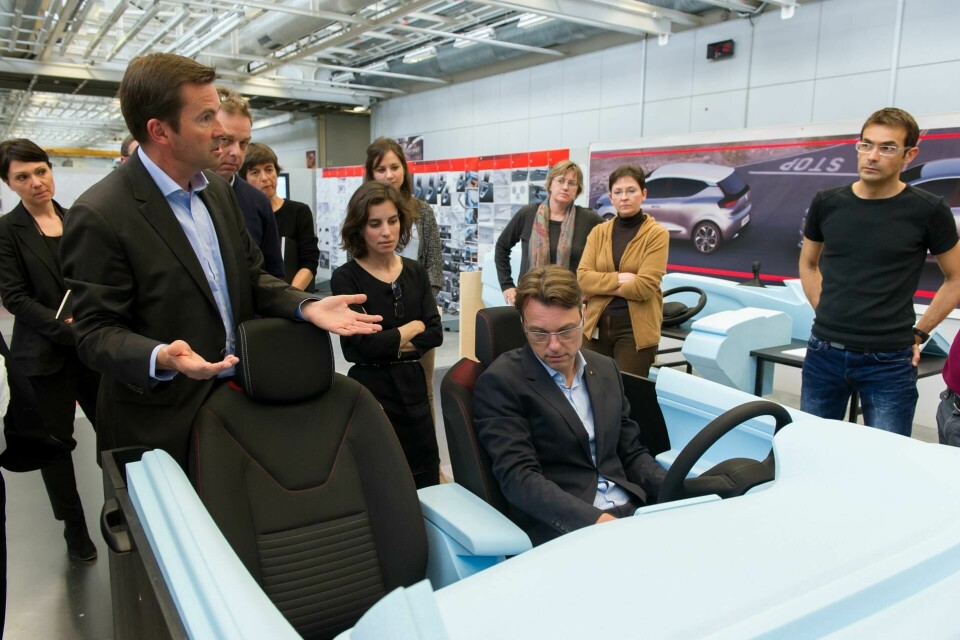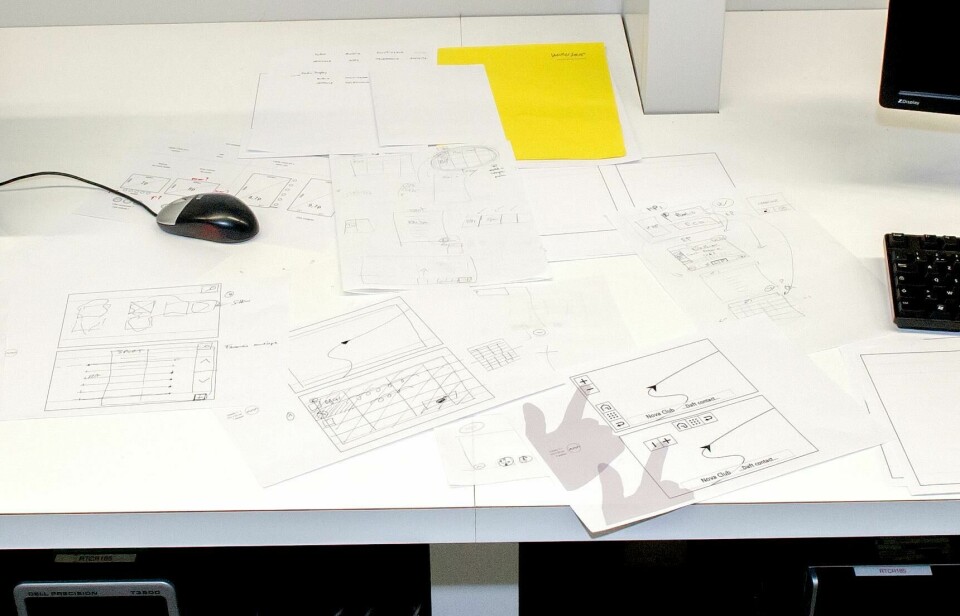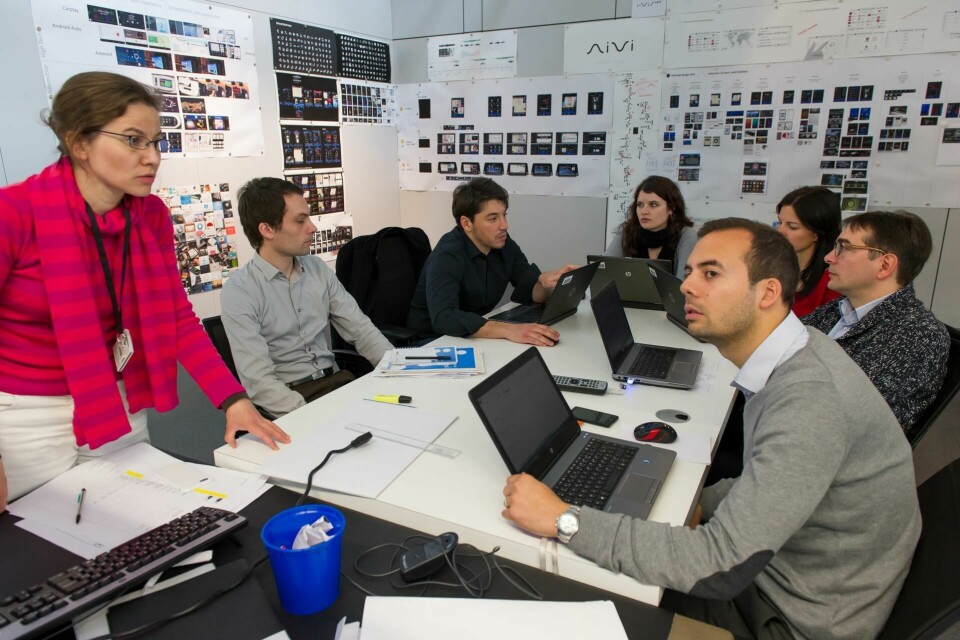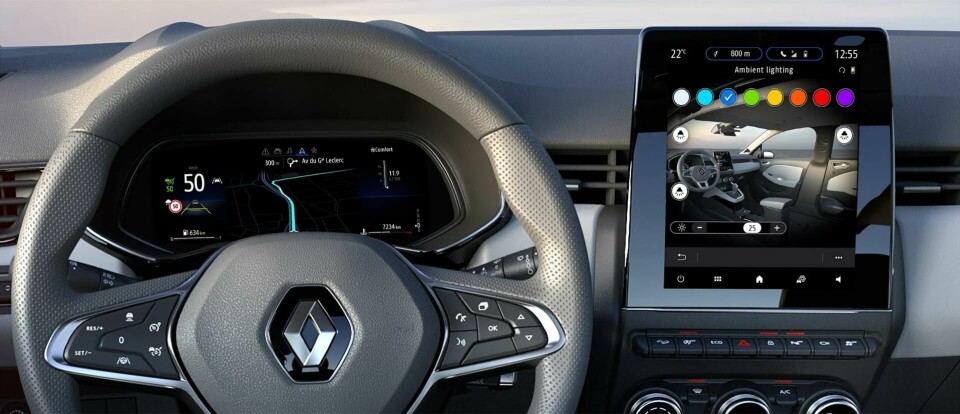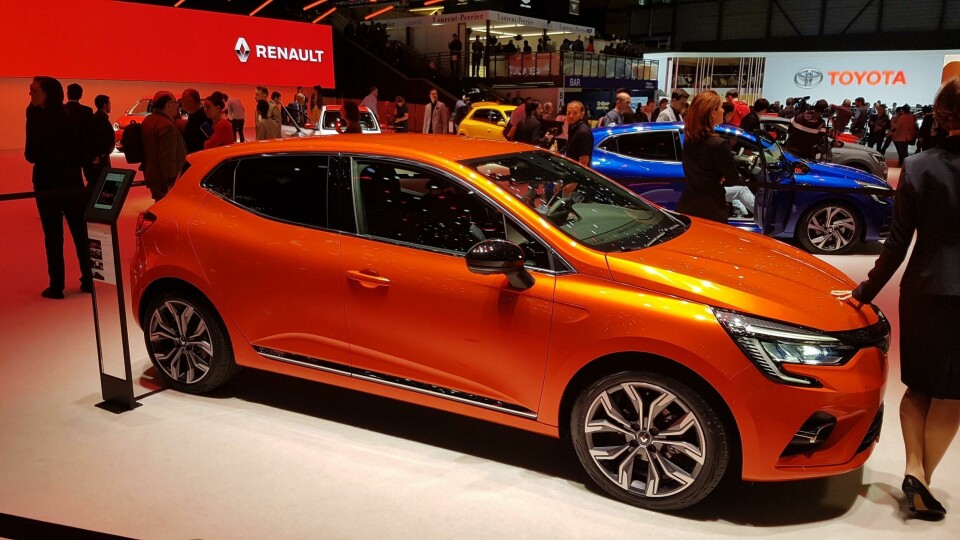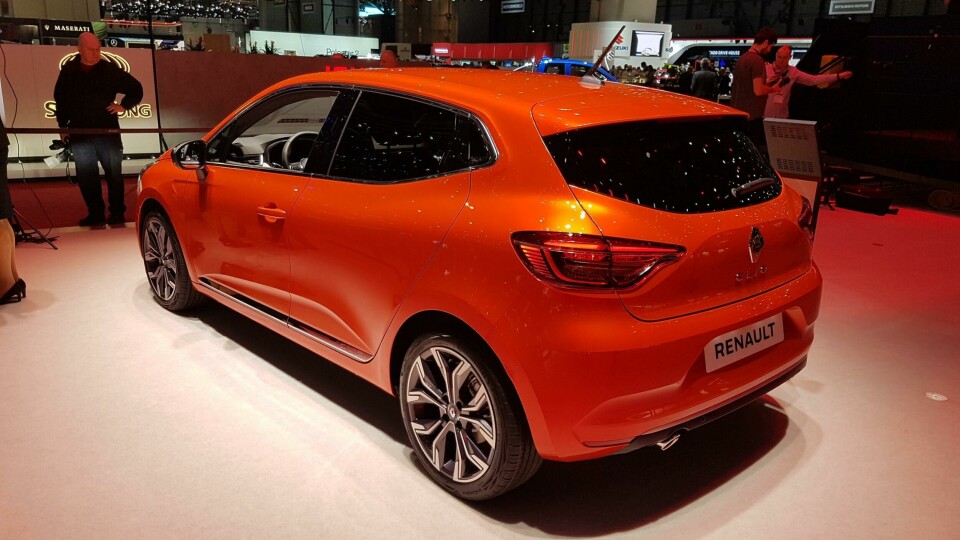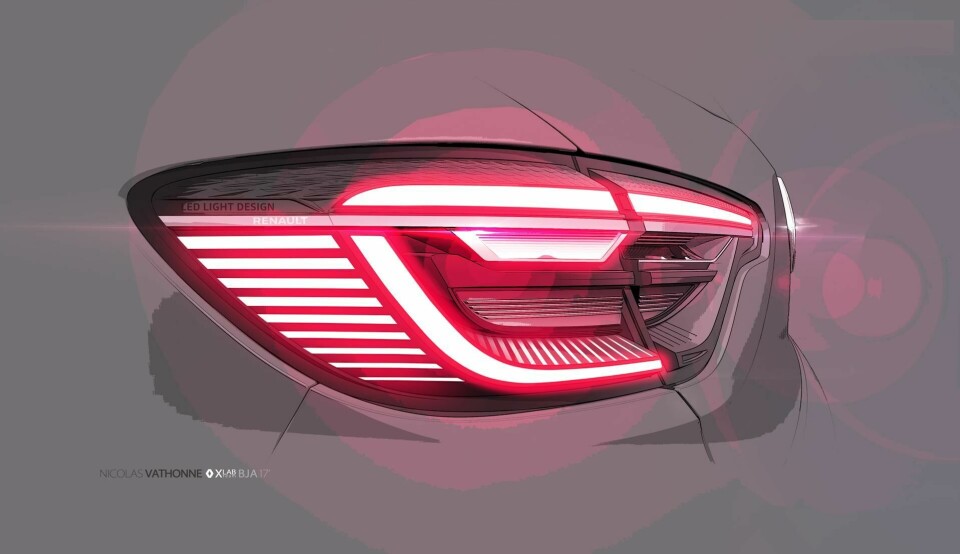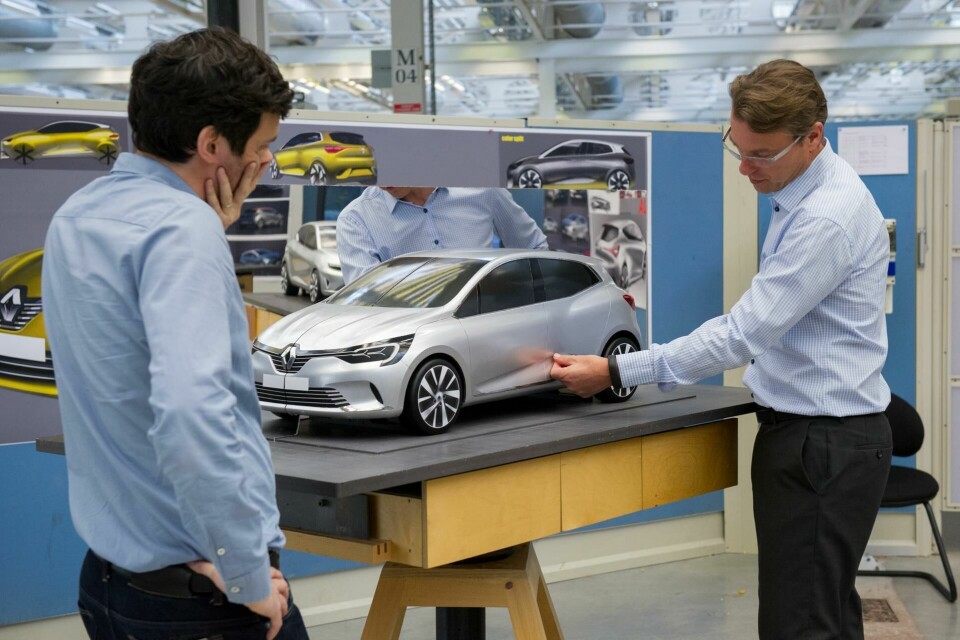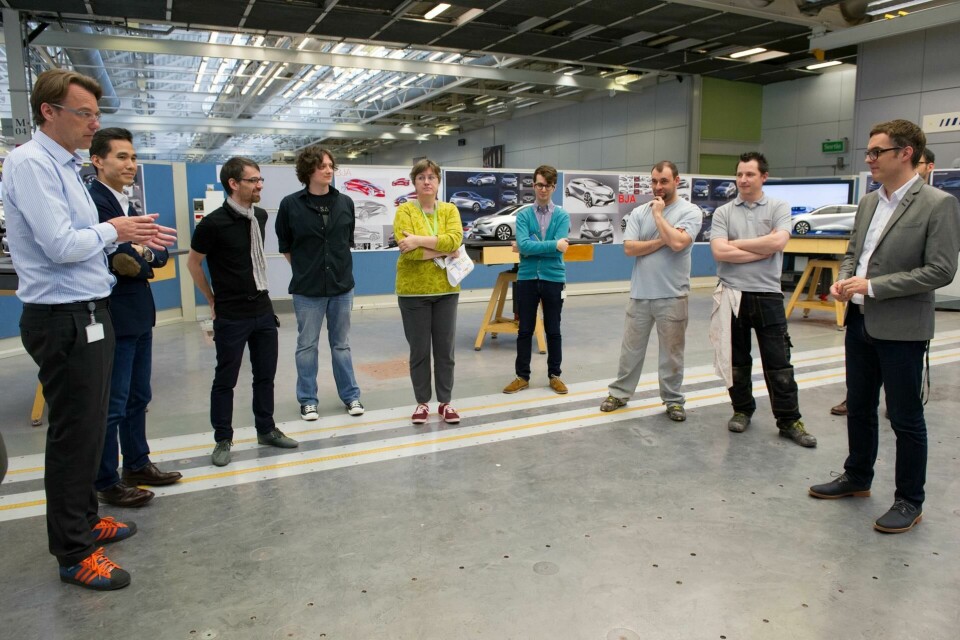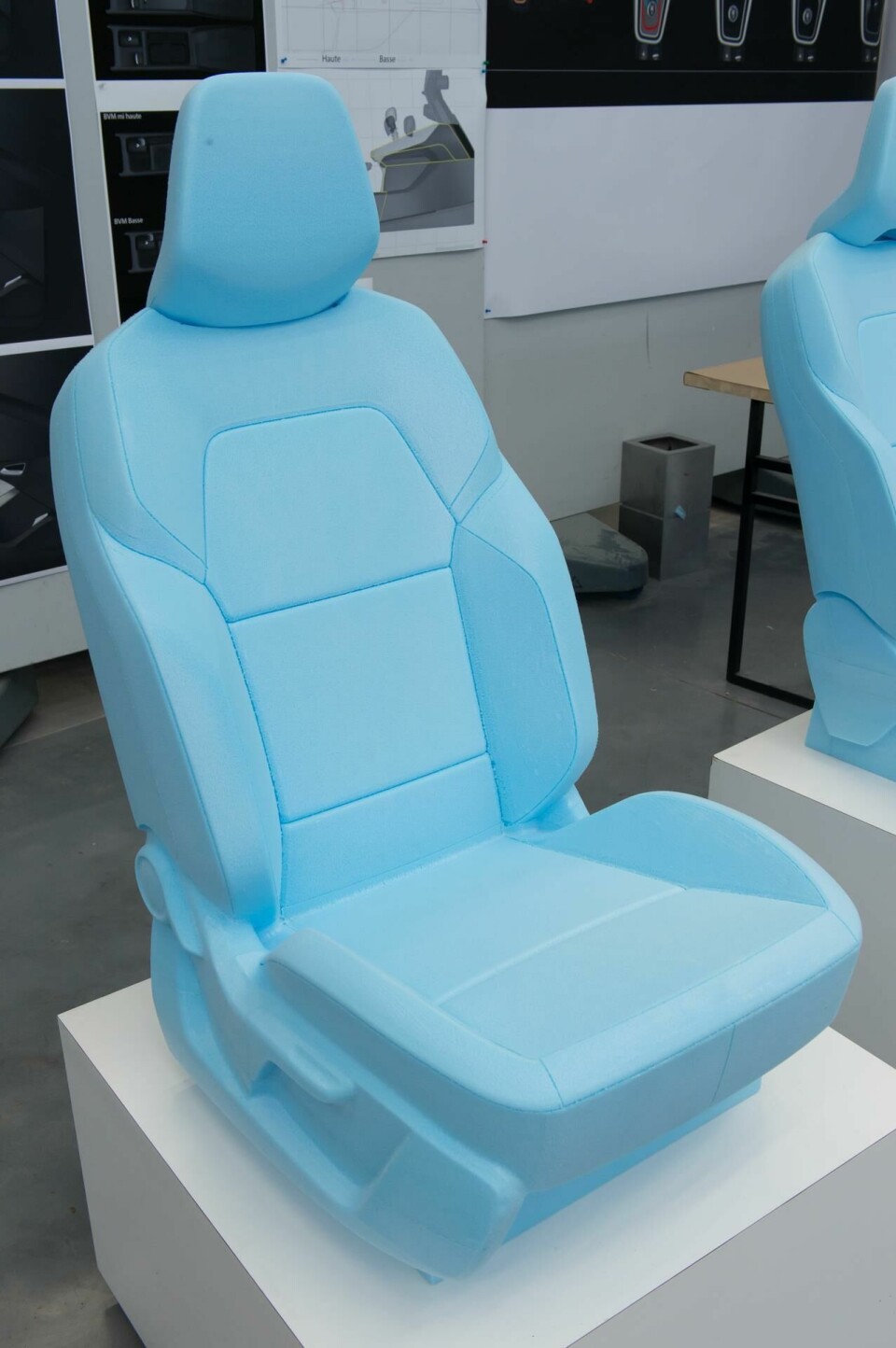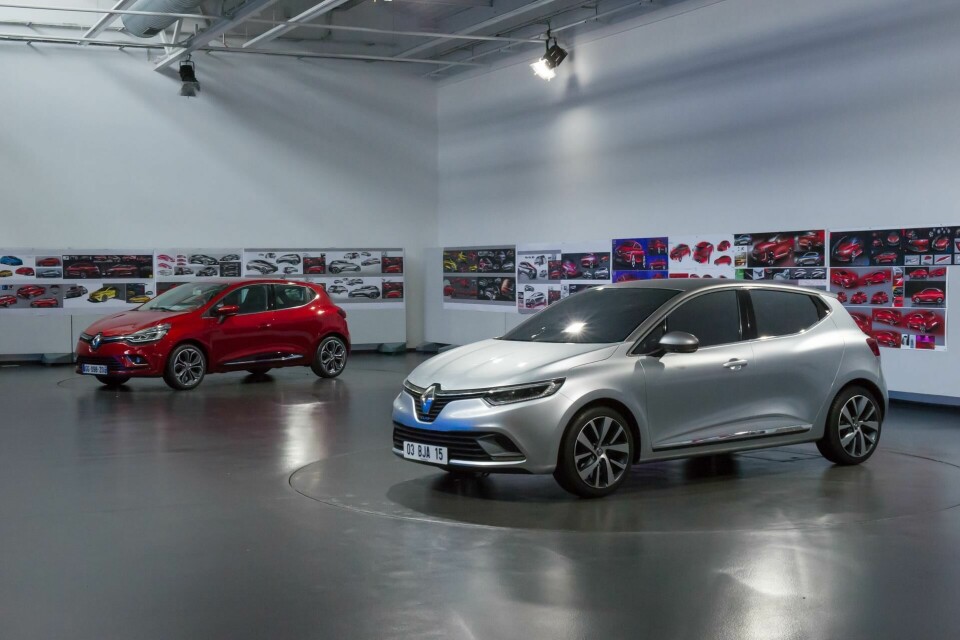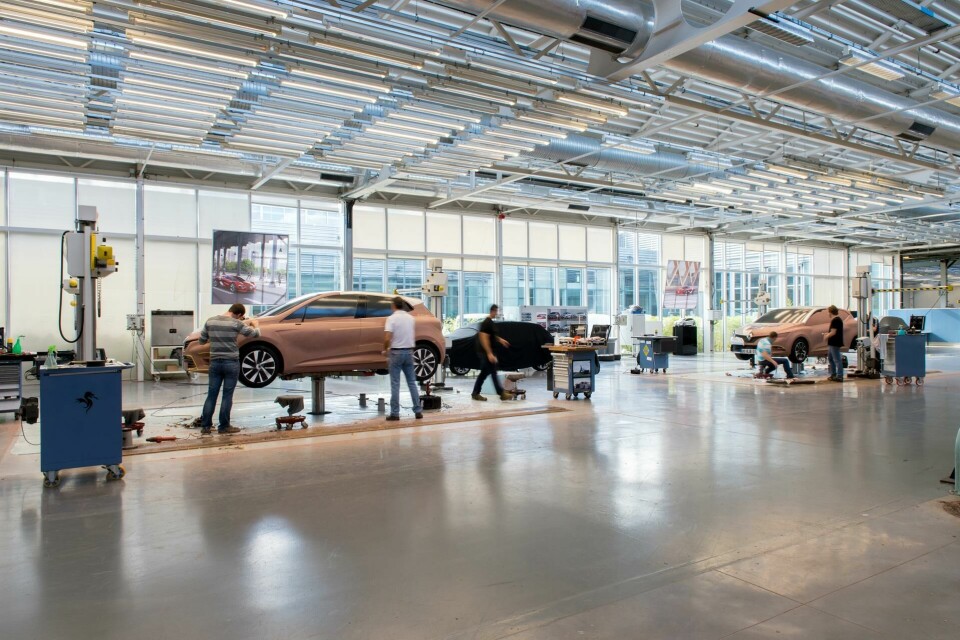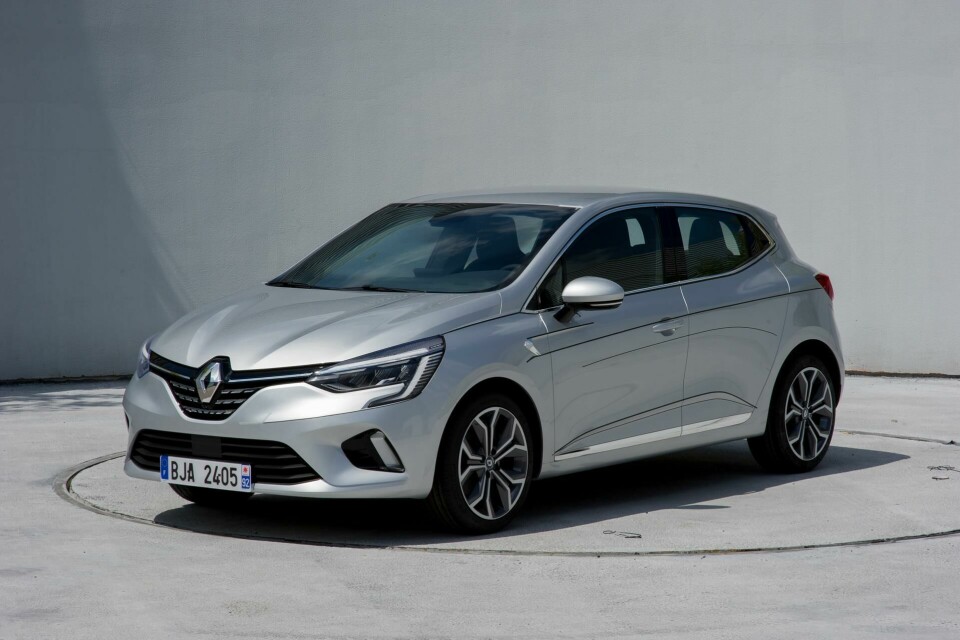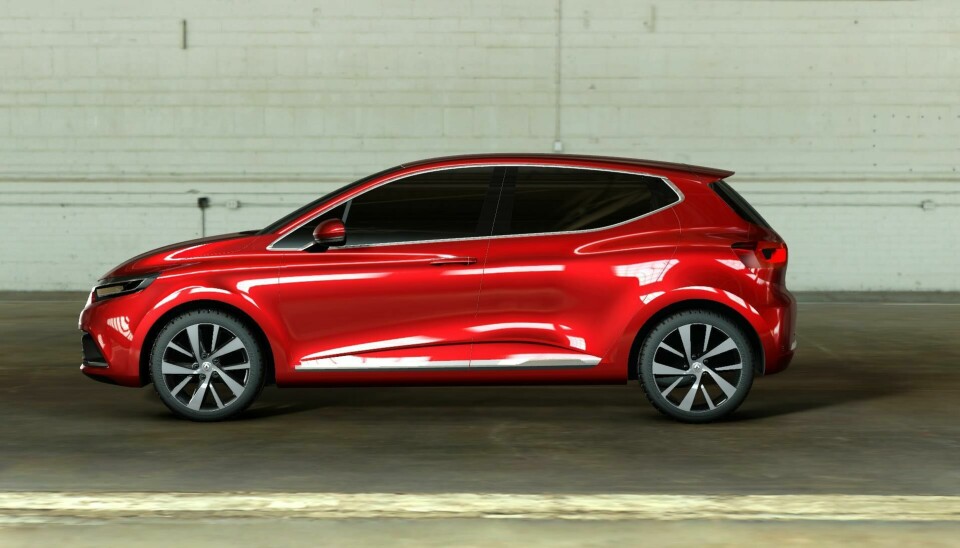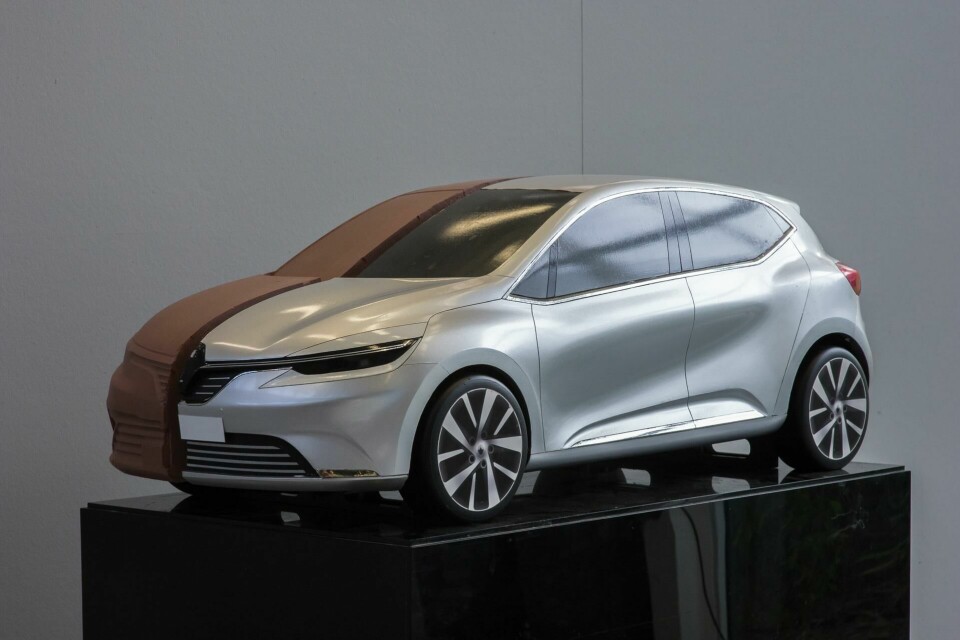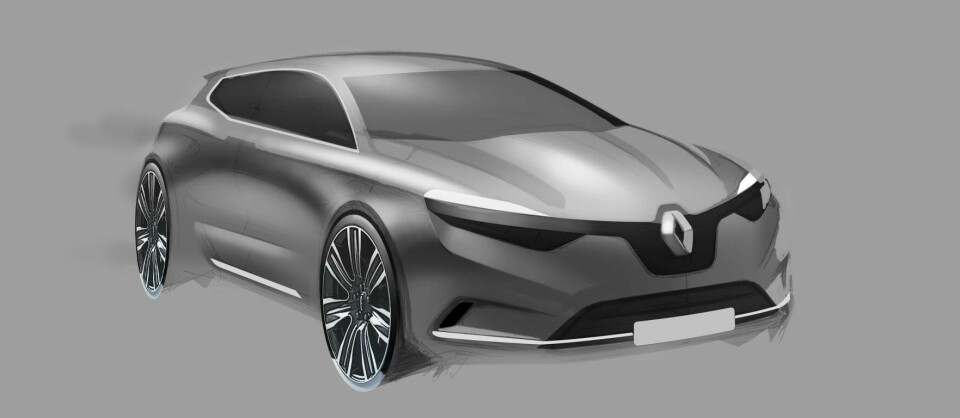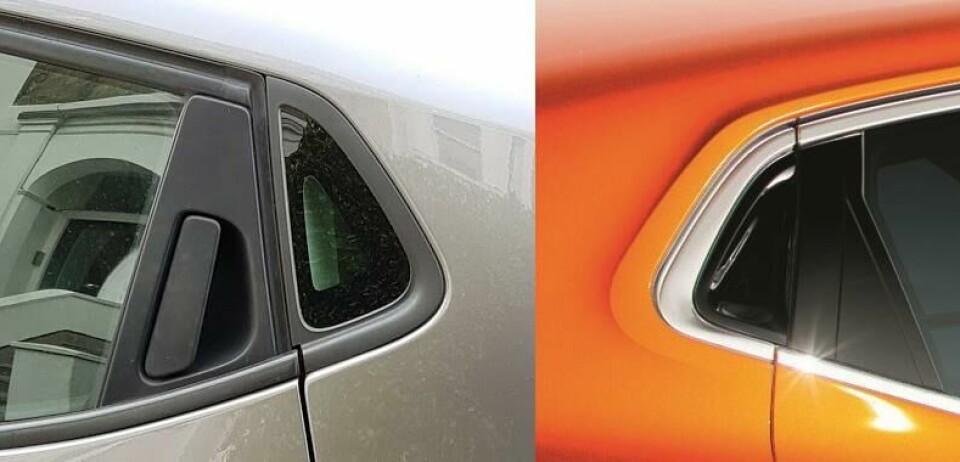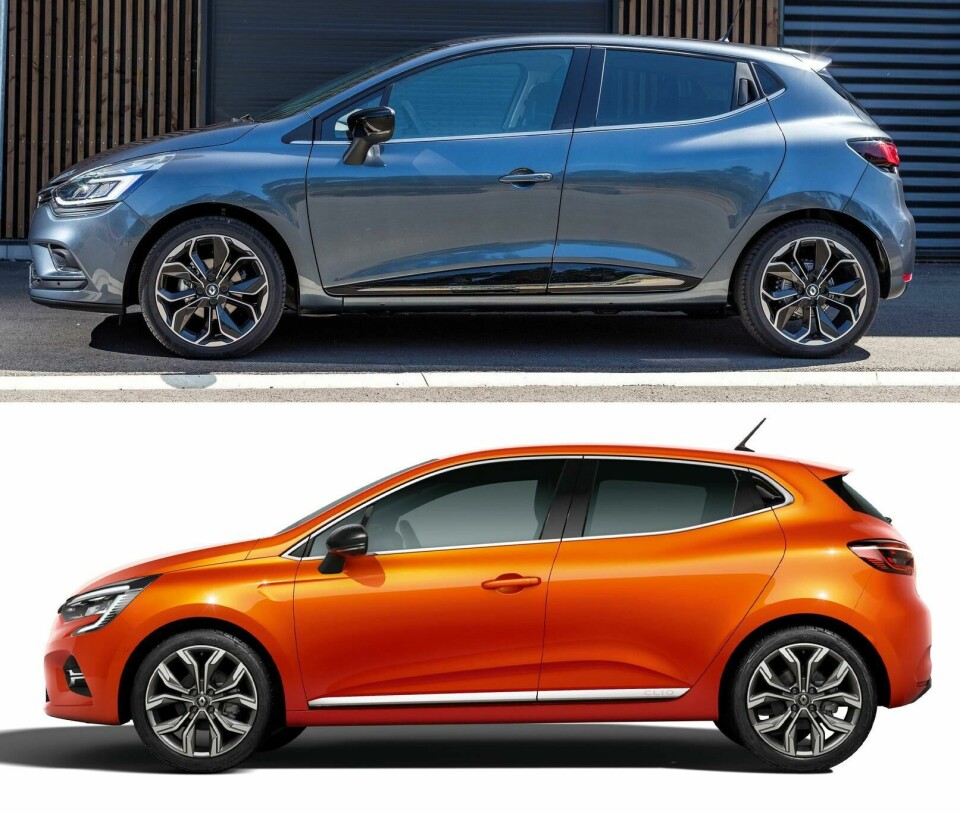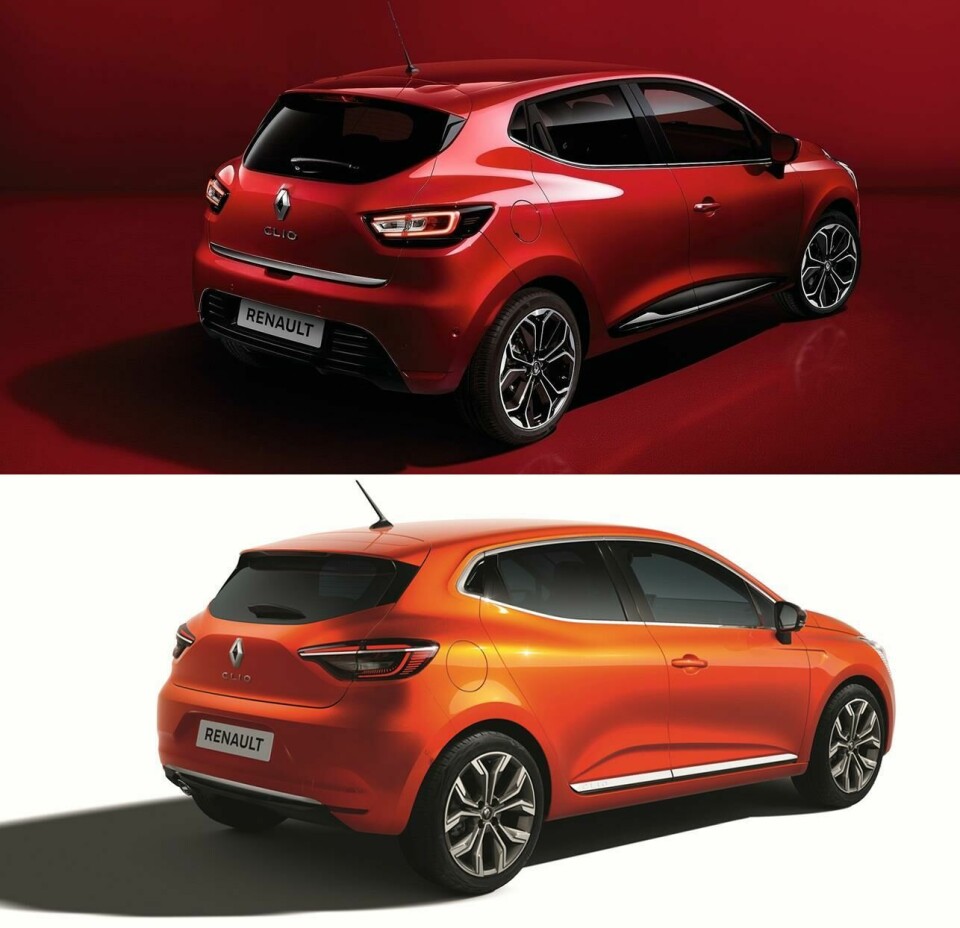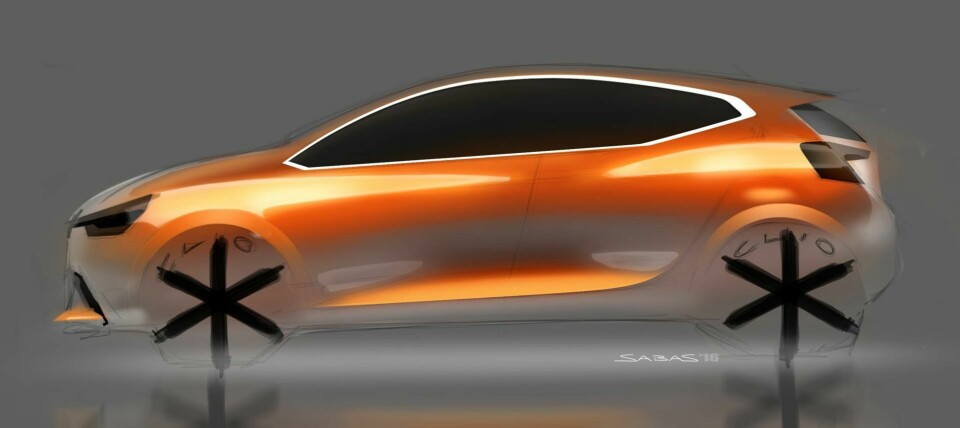
Design Story: Renault Clio V
Fifth-gen Clio comes with upsized screen and details, but smaller dimensions

Given the number of eye-catching concepts, supercars and indeed, surprises at the recent Geneva show, it’d be easy to overlook some other important unveilings: production vehicles in very mainstream market sectors, crucial to sustain their manufacturers. Like the Peugeot 208, the latest Clio demonstrates that there’s still life in the traditional supermini segment. Following on from our coverage earlier this year, we have taken a closer look at the design direction of this iconic car, with lots more sketches and images.
It’s the first car on the all-new Renault-Nissan CMF-B platform (Common Module Family, B-segment), and compared to the outgoing Clio, is “more efficient, more aerodynamic, lighter weight; overall dimensions got a little smaller, but there is more interior space,” says Anthony Lo, Renault vice-president of exterior design. “This is [also] the start of a new era from a design point of view: a new exterior, more sensual, simple and sculpted shapes, more Latin; and a new interior, more driver-centric. We are starting a new generation, a new cycle.”

?UMBRACO_MACRO macroAlias="RTEImage" image="547580" caption="" lightbox="1" position="left" size="large-image" ?
For the exterior, “we wanted to keep the DNA from the previous one, because it is very much loved by all the markets and our customers; we wanted to keep it but enhance it,” Lo says.
The development is mainly in the details: added chrome around the windows and a strip below the doors, helping ground the now lower-riding Clio; a restyled front wing intended to give a greater graphic precision; but a larger grille, Renault logo and air scoops plus new LED headlights with C-shaped signature.

?UMBRACO_MACRO macroAlias="RTEImage" image="547585" caption="" lightbox="1" position="left" size="large-image" ?
“We have a very clear, easy to understand design,” adds Antoine Génin, vice-president of interior design and interior trim. “On the outside, a very sensual form language, in the interior the very simple shape of the dashboard, but all the details are very precise, showing the technology and a lot of the functionality, and that is something making the links between the exterior and interior. The headlights and rear lights are like objects of jewellery, and the interior screen, all the small details, are also in this jewellery style.”
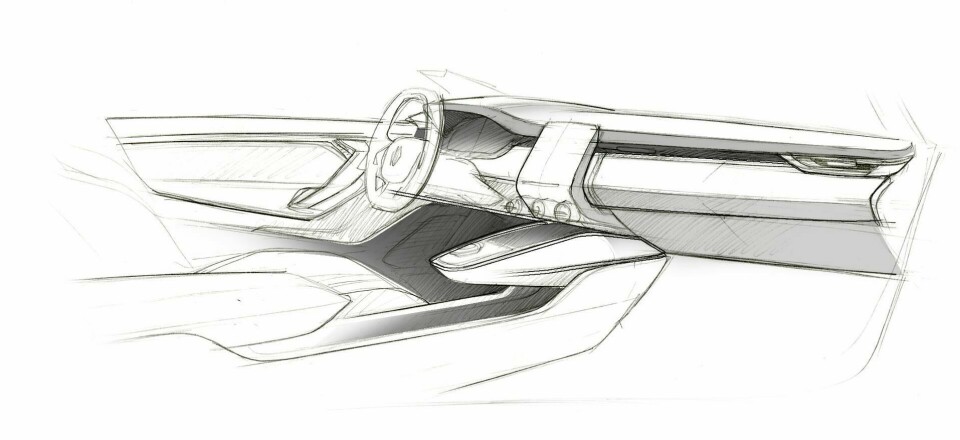
?UMBRACO_MACRO macroAlias="RTEImage" image="547607" caption="" lightbox="1" position="left" size="large-image" ?
The interior shows a more substantial rethink than the exterior; more driver-centric, but again, pared-down. “We have a very pure design; the dashboard is not straight, it is not German-like, and it gives the impression of width to the interior,” says Génin. “We worked a lot on the architecture, and in order to have the best materials possible in front of the eye and within reach of the hands, with no injected plastic, for instance.”
Upping perceived quality of the interior was a key aim of the programme, and Génin says that “we renewed everything. We worked on the seats: they are thinner, with a very thin headrest with a hole in the middle, because it lets the light come through the interior giving the impression of more space. We also worked on all the small components, rotary controls for the HVAC, the new steering wheel with more compact airbag.”
“Everything is absolutely new in order to offer our customers modern design, new technology, but also something useful in daily life.”
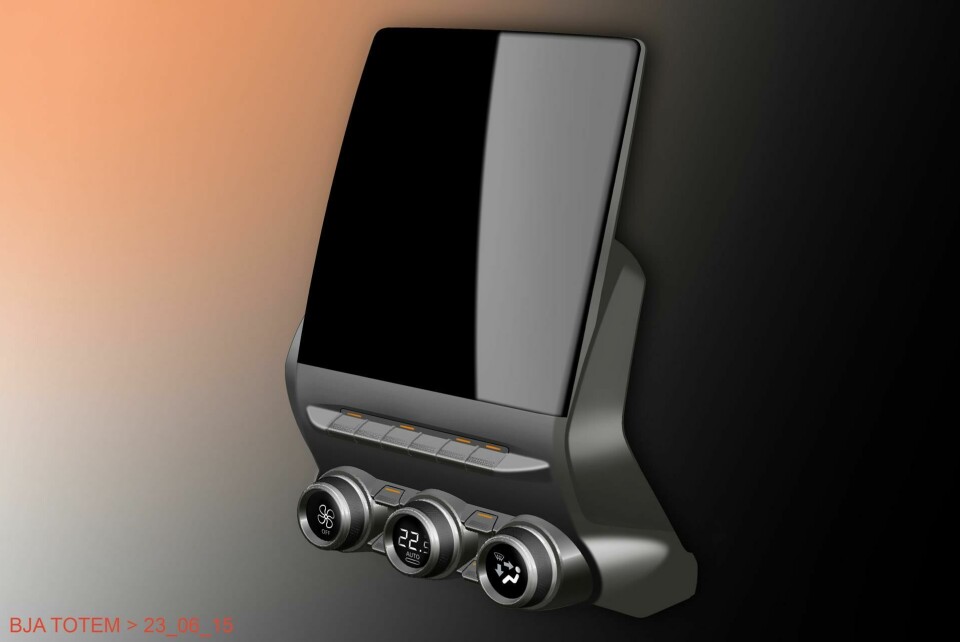
?UMBRACO_MACRO macroAlias="RTEImage" image="547578" caption="" lightbox="1" position="left" size="large-image" ?
That large, freestanding, slightly curved portrait-format screen (9.3-inch, with a 10-inch version in upper-echelon versions) is the centrepiece of the cabin. It was a challenge to integrate it in a car this size, says Génin, but this was possible by locating the air vents within the central strip running horizontally across the IP.
He points out that while the Clio might not show obvious links with Renault’s recent concept cars such as the EZ- autonomous vehicles or the Symbioz and Trezor, there are common themes in all the programmes: “You are building the brand identity. The exterior design all over the line-up is very consistent, and indeed, inside, we have such elements with the ‘smart cockpit’: the large screen, with functional furniture in the car. You’ll see it in the future vehicles of course, and in other interpretations, but the fundamentals are here in the new Clio.”
For the full design development story with more sketches and images of the Clio interior, subscribe to the spring edition of Interior Motives magazine.
